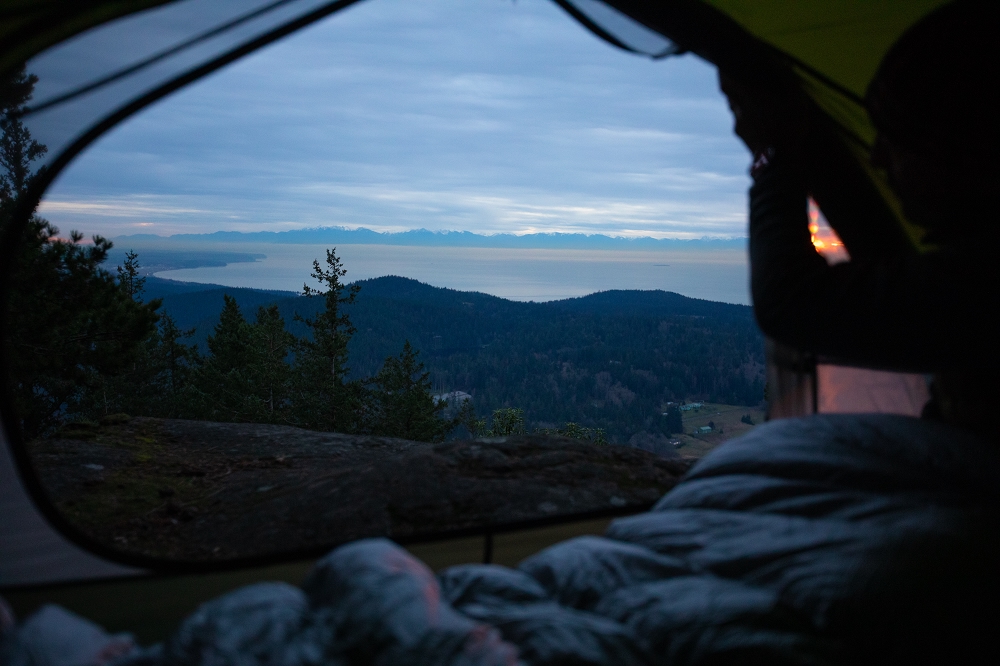New research is linking light pollution with an increased risk of Alzheimer's disease, especially in people under 65.
What's happening?
The Guardian reported on the study, which found a correlation between areas of the United States with greater nighttime light exposure and the prevalence of Alzheimer's disease. In fact, the research found artificial light to be more strongly associated with the prevalence of Alzheimer's than other suspected risk factors such as alcohol abuse, chronic kidney disease, depression, heart failure, and obesity.
For people under 65, nighttime light exposure was more strongly associated with Alzheimer's prevalence than any other disease factor examined, suggesting that younger people may be especially sensitive to nighttime light, which can disrupt sleep.
"One of the pillars of good quality brain health, to protect your brain over time from developing dementia, is having good quality sleep," Dr. Jason Karlawish told The Guardian. "It wasn't a surprise to see that evening light exposure that can fracture sleep is associated with dementia."
Karlawish was not involved in this study but is the co-director of the Penn Memory Center at the University of Pennsylvania.
Why is this study important?
Though streetlights, illuminated signs, and the like are meant to keep us safer, this new study builds on evidence that the light pollution they produce can lead to unwanted health effects. Light pollution — which disrupts our internal 24-hour clock, also known as our circadian rhythm — has long been associated with a decrease in the production of melatonin, a chemical that helps us sleep, National Geographic explains. This can lead to sleep deprivation, fatigue, headaches, stress, anxiety, and other health problems including cancer, the publication adds.
Watch now: Wellness app co-founder shares how she plans to give consumers power over products at the store
Plus, too much artificial light impedes our ability to see a starry night sky and even contributes to the warming of our planet. In fact, DarkSky International estimates that the energy we use to generate light that escapes to space accounts for at least 1% of planet-warming pollution.
Light pollution is also harmful to wildlife. For instance, one urban forester warned that outdoor artificial lighting can confuse nocturnal insects, which have evolved to navigate by moonlight — this confusion can lead to their untimely deaths. Plus, a new study found that artificial light at night is causing tree leaves to become so tough that insects cannot eat them. Another study found that light pollution from coastal cities is negatively impacting corals, causing them to spawn outside the optimum times for fertilization.
What's being done about light pollution?
In 2016, the American Medical Association adopted guidance for communities to help them select LED lighting options that will minimize the harmful effects on people and the environment.
Plus, DarkSky International has an app that lets people measure the night sky brightness where they are. People can submit the information to help create a global dark sky map. Meanwhile, the organization works with communities, governments, and professionals to advance responsible outdoor lighting.
TCD Picks » REI Spotlight

You can help reduce light pollution from your own home by shielding outdoor lights and pointing them downward, using lower-wattage bulbs, and turning off unnecessary lights.
Join our free newsletter for weekly updates on the latest innovations improving our lives and shaping our future, and don't miss this cool list of easy ways to help yourself while helping the planet.
















